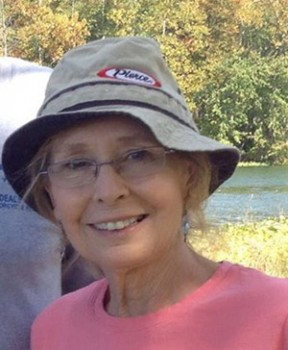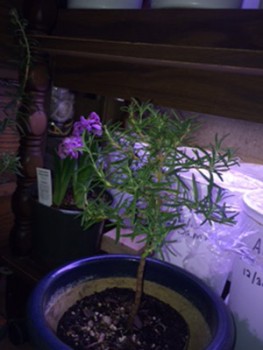Herb Gardening, Thinking Ahead
By JOYCE ARLEEN CORSON
Master Gardener
 Soil, site, sun and surroundings are situations to consider for an herb garden. Other factors to consider would be available water, prevailing wind direction and the choice of herb plants the family desires for their culinary menu. Plants mentioned here and beyond are family favorites.
Soil, site, sun and surroundings are situations to consider for an herb garden. Other factors to consider would be available water, prevailing wind direction and the choice of herb plants the family desires for their culinary menu. Plants mentioned here and beyond are family favorites.
Zone 5 inhibits seed germination, outside before May 15, after, it is best to direct sow. More tender herbs, such as basil, parsley and cilantro, may be grown inside under grow lights or on a sunny window sill. Shorter days will cause seedlings to grow long legs searching for sun. Cooler night temperatures will slow leggy growth, which produce weak systems.
Basil and cilantro are considered annual plants, meaning they have grown from seed, flower, produce seed and die. Parsley is biennial, a flowering plant that takes two years to complete its biological life cycle. Thyme, its perennial life cycle extends beyond three years; this may commonly be called hardy. Indoor growing tips: Use lights, keep growing medium moist at all times and the environment draft free with temperature at 75 degrees.
Knowing the characteristics of plant life cycles will help you decide which herb personality you choose. The herbs can be useful for flavor and ornamental decoration. Some flavorful herbs to direct sow are dill, amaranth and fennel. My favorite perennial herbs are Greek oregano, French tarragon and thyme. You may obtain them growing healthy from one of your master gardener friends or a local nursery. From seed they will have less desirable flavor. French tarragon produces few flowers and no seeds. To reproduce French tarragon is by rooted cuttings, and is not guaranteed to return the next season. Rosemary is native to the Mediterranean Valley and requires wintering over.
Some species such as oregano and thyme may undergo an embryonic dormancy phase and generally will not sprout. A process of treating such seeds prior to sowing is to stimulate natural winter. Although you can create winter sown situations, the natural way is when the seed falls from the tree or plant to the ground, rests until the season passes and sprouts in spring when temperatures rise to 75 degrees. Recreating natural composted material will likely give your seeds the best growing habitat for stratification.*
Photos show one way to successfully solve the issue of embryonic dormancy. Ron built me a bucket garden on the hillside with southern exposure facing away from direct wind. Watering, drainage and labeling are essential. The Rosemary takes the stage, front and center, in the indoor garden.
Corson is a graduate of Adams Central High School, Manchester University and Ball State University. She and her husband, Ron, were married and enjoyed many years of traveling before they settled at Lake Papakeechie to raise their family. Soon after moving to the Syracuse area, Corson joined the Syracuse/Wawasee Garden Club and then became a Kosciusko County Master Gardener in 2002, the same year she retired from teaching.
“Early on my interest in gardening came from a lineage of farmers and their wives, including three generations of generosity, giving me an enormous collection of heritage trees, shrubs and flowers. History and traveling has given me special interest in native flowers, hosta, the art of bonsai and many plants that have been naturalized.”
Individuals who wish to contact Corson for further information or questions may email her at [email protected].


